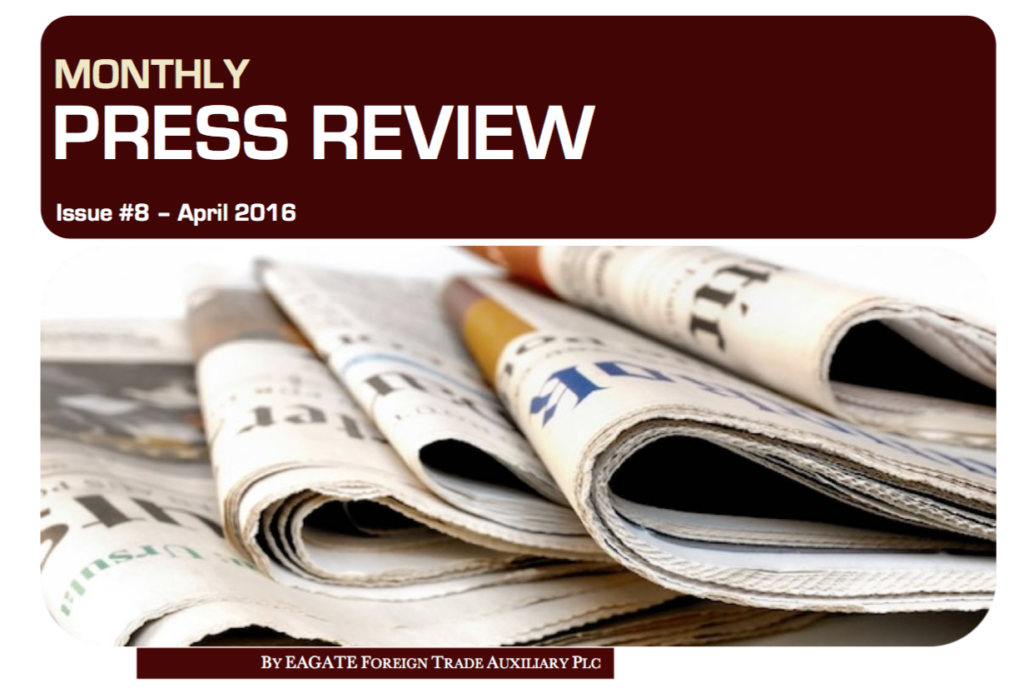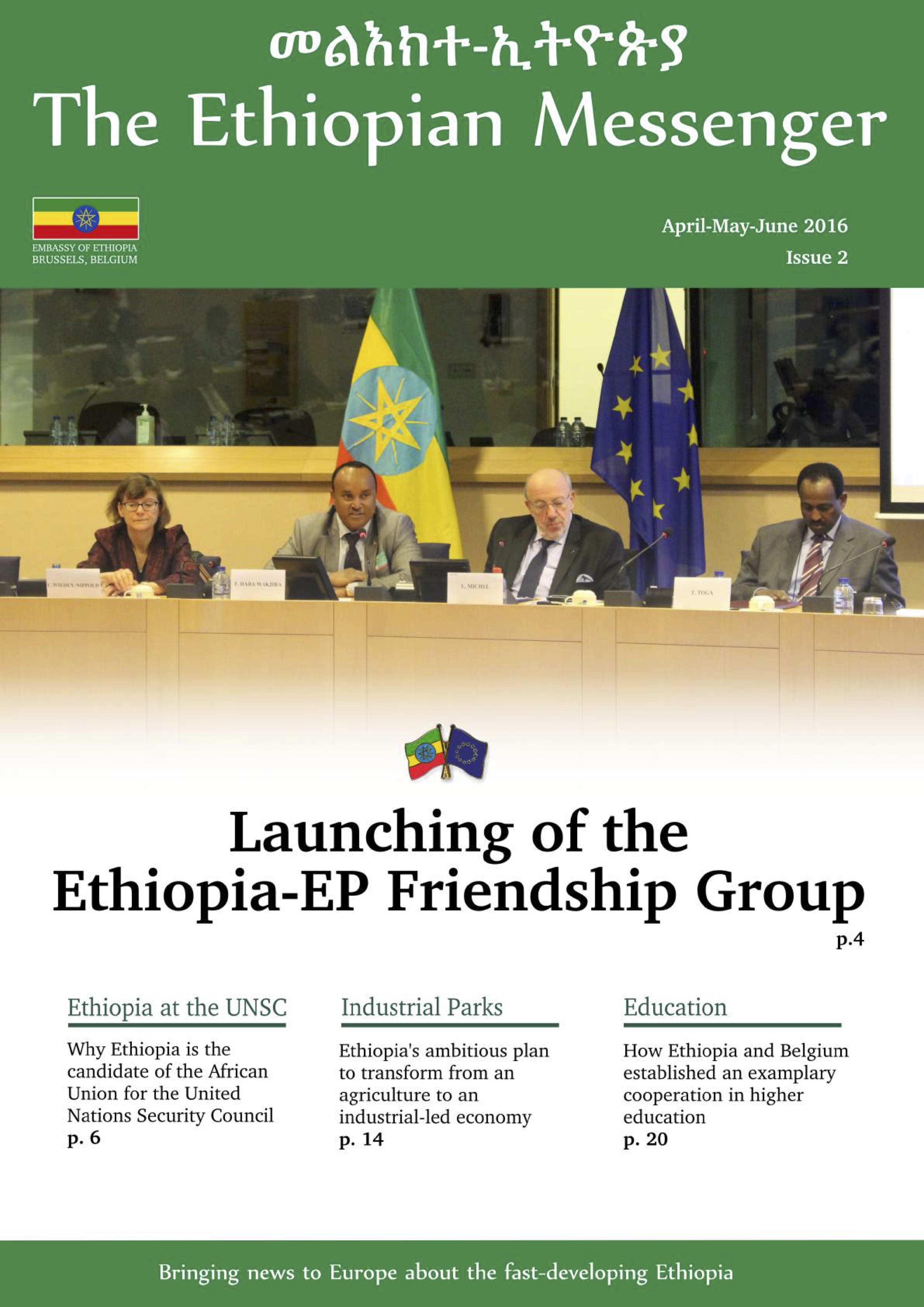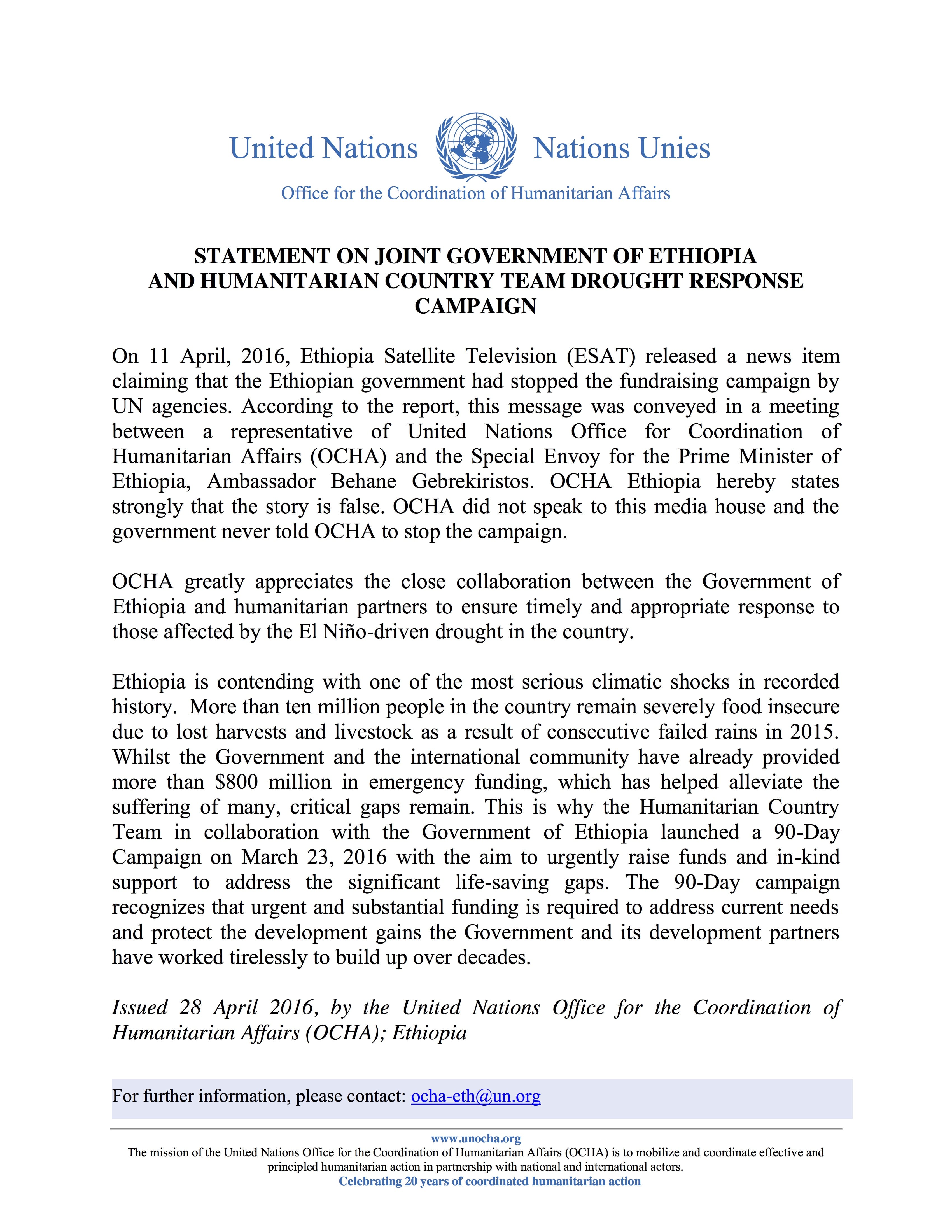Today the European Commission has announced €122.5 million for Ethiopia to address the immediate needs of people affected by the worsening humanitarian situation caused by one of the most severe extreme El Niño weather phenomenon on record. This new support aims to combine a humanitarian response and early recovery assistance with initiatives that address the root causes of fragility and vulnerability.
European Commissioner for Humanitarian Aid and Crisis Management, Christos Stylianides stated: “With over 10 million people currently struggling to find food, the humanitarian situation is very worrying. The EU is taking action; our new support will allow us to step up our efforts to help the most vulnerable in Ethiopia.”
European Commissioner for International Cooperation and Development, Neven Mimica also said: “Our support aims at combining short-term lifesaving with strengthening Ethiopia’s resilience by addressing the root causes of fragility and vulnerability. We can build on the past successes of Ethiopia which has already stepped up its efforts to tackle the drought crisis.”
Commissioners Mimica and Stylianides are currently in Ethiopia in the framework of the College to College (C2C) conference taking place in Addis Ababa, where Commissioners from the European Union and the African Union are meeting. Today Commissioners Mimica and Stylianides together with Vice-President responsible for the Euro and Social Dialogue, Valdis Dombrovskis and Commissioner for Employment, Social Affairs, Skills and Labour Mobility, Marianne Thyssen visited one of the worst hit areas in Ethiopia, Dire Dawa, to assess the humanitarian situation.
Background
What is ‘El Niño’?
The extreme phenomenon is characterised by rising temperatures of surface sea water, which interact with the atmosphere and cause different extreme events, from floods to droughts. While El Niño has global effects, it is particularly affecting large regions of Africa with both floods and droughts. This strongly impacts food security, health, and access to water and hygiene conditions of millions of people living in already vulnerable regions. The worst-hit country so far is Ethiopia.
The new EU funding comes on top of a first El Niño emergency package announced in December last year that consisted of €79 million for the Greater Horn of Africa region and from which nearly €43 million will benefit Ethiopia.
EU support to Ethiopia
The EU has been providing both emergency humanitarian funding and long term development support to Ethiopia cope with these various challenges. It has provided over €200 million in humanitarian aid in the last five years. Ethiopia is also the largest beneficiary of EU development assistance, with a country programme of €745 million for 2014-2020 (through the 11th European Development Fund.) Out of this amount a total of €252 million has been provided to finance food security, sustainable agriculture and to fight climate change.
The support is coherent with the EU Resilience Approach that combines a humanitarian response with initiatives that addresses the root causes of fragility and vulnerability.




